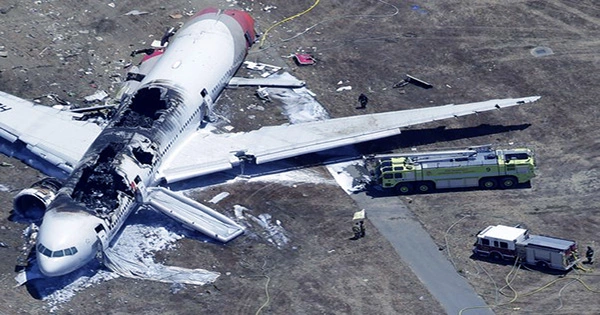TV producers purchased a Boeing 727 in 2012 with the goal of crashing it. The experiment’s findings were shown on television by the UK, the US, and Germany in an effort to address the query: Where should I seat on an airplane if I wish to escape a crash?
The plane took off with a pilot in charge before he jumped off, leaving it to be controlled remotely. The plane was loaded with scientific measurement equipment, crash test dummies, and cameras. The jet crashed into a dried-up lake bottom in Mexico at a speed of 225 kilometers per hour, so everything went fine (140 miles per hour).
Although the crash test dummies underwent quite the ordeal, there were no human injuries reported.
Numerous things were discovered by scientists after analyzing the data and the wreckage, including the fact that no one in first class would survive. Up to row seven’s worth of people would not have survived the collision, while those seated in the middle of the aircraft would sustain broken ankles. You might escape the back of the aircraft with minor or no injuries.
The study, which involved meticulous data analysis by scientists, revealed more evidence in favor of the brace position. Dummies who adopted the brace position fared better than those who sat upright, who eventually experienced severe back tension.
“I think the brace position is still the way to go to prevent injuries,” Cindy Bir, a professor of biomedical engineering at Wayne State University who was involved in the experiment, told USA Today at the time. “Between the lower-spine issue and the vulnerability of sitting upright and having debris flying around, I think the brace position is still the way to go.”
The documentary, scientists, and experts all emphasized how safe flying is—everyone is aware that it’s statistically safer than driving.
According to Anne Evans, a former flight disaster investigator at the UK’s Air Accidents Investigation Branch, the front of the aircraft is more vulnerable in terms of relative safety. “The middle, above the wing, or the back of the fuselage would be my preferred locations,” he said.














